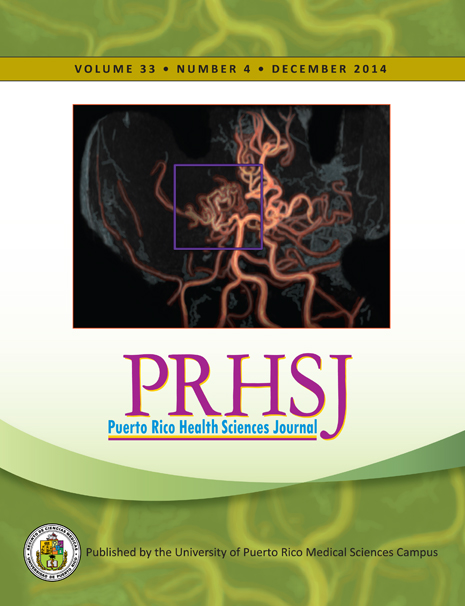Abstract
Objective: The objective of this study was to develop a rapid and sensitive method for the quantification of resveratrol, a polyphenolic compound with multiple health beneficial effects, in mouse plasma. Methods: We used reversed-phase ultra high pressure liquid chromatography with tandem mass spectrometry detection for the determination of resveratrol levels in mouse plasma. An Agilent Zorbax Eclipse Plus C18 column (2.1 mm x 50 mm, 1.8 μm) was used as the stationary phase. The mobile phase consisted of a gradient formed using 1 mM ammonium fluoride and methanol. Results: Using this improved method, we obtained a retention time of 2.2 min and a total run time of 5 min, for resveratrol. The calibration curve for resveratrol showed a linear range from 0.5 to 100 ng/mL. The average coefficient of variation was 6% for interday variation and 4% for intraday variation. The recovery for resveratrol in mouse plasma was 85 ± 10% (mean ± standard deviation). Conclusion: The method presented herein allows a rapid and very sensitive quantification of resveratrol in mouse plasma at concentrations as low as 500 ppt.
Authors who publish with this journal agree to the following terms:
a. Authors retain copyright and grant the journal right of first publication with the work simultaneously licensed under a Creative Commons Attribution License that allows others to share the work with an acknowledgement of the work's authorship and initial publication in this journal.
b. Authors are able to enter into separate, additional contractual arrangements for the non-exclusive distribution of the journal's published version of the work (e.g., post it to an institutional repository or publish it in a book), with an acknowledgement of its initial publication in this journal.
c. Authors are permitted and encouraged to post their work online (e.g., in institutional repositories or on their website) prior to and during the submission process, as it can lead to productive exchanges, as well as earlier and greater citation of published work (See The Effect of Open Access).
